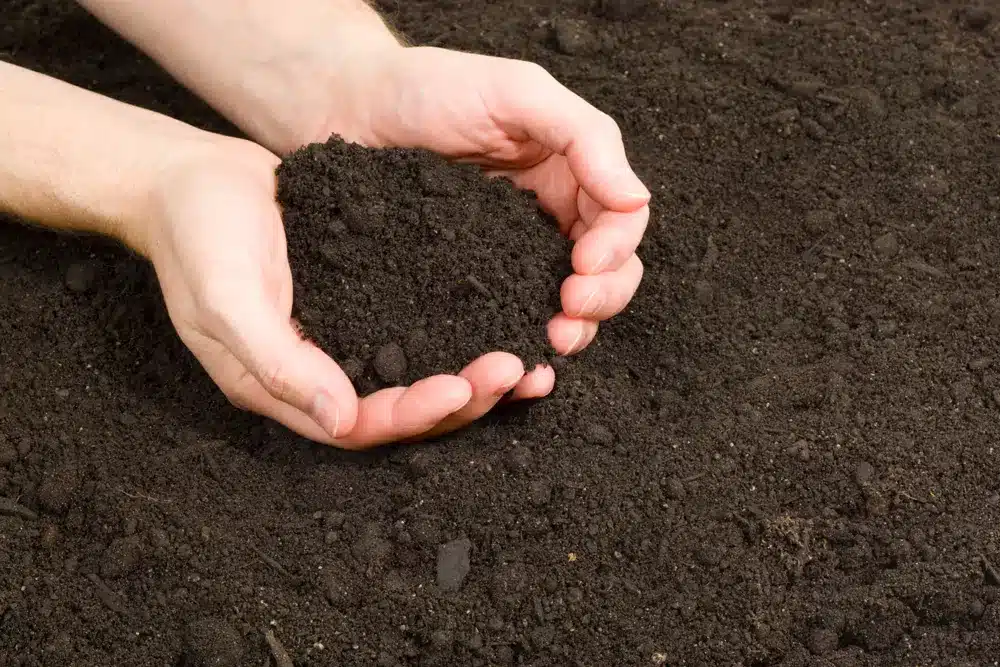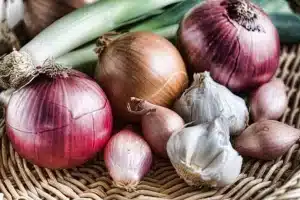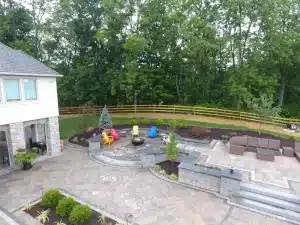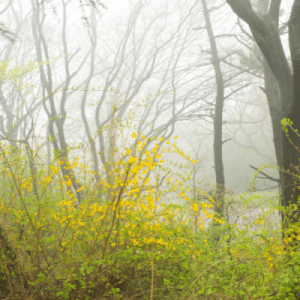Growing beautiful and showy landscaping, plants and vegetable gardens begins with creating an environment for flourishing and thriving growth. Plants require and pull from seventeen different nutrients provided by air, water, and soil in order to aid fighting pests and diseases and growth, at various rations.
Soil texture and pH level affect the plant’s ability to use nutrients. Therefore, you should consider testing the soil texture and pH level in order to make any adjustments to provide the optimal environment for their growth, then, once you have identified if there are any deficiencies, you will be able to develop a plan to amend the soil based on your needs.
Soil should be light enough to allow the passage of water and air but have enough density to provide adequate moisture and nutrients to your plants. Depending on your location, your soil may comprise of a mixture of clay, limestone, sand and/or manufactured dirt.
pH is measured on a scale between 1.0- 14.0; 7.0 being the median and considered a neutral pH level. In most cases, neither extreme are desirable, as plants generally prefer between 6.0 and 7.5. The lower the pH factor, the more acidic the soil. If your soil is too acidic, it can be balanced by adding lime, wood ash, or poultry manure. However, if your soil is too alkaline, it will probably benefit from adding elemental sulfur or coffee grounds, if practical. You should amend the soil in stages.
The 3 key nutrients needed by all plants are Nitrogen, Phosphorous and Potassium, which can be found in most fertilizers. Additionally, organic matter or inorganic fertilizer can be added to soil that lacks in essential nutrients.
READ: Lawn and Garden Benefits of Composting
If the process of amending your soil seems too daunting an undertaking, speak with the skilled professionals at Mountain Road Landscaping!
Mountain Road Landscaping offers a range of services to our customers after we have completed the design and installation of their dream outdoor living spaces throughout the Lehigh Valley and Pocono area.





